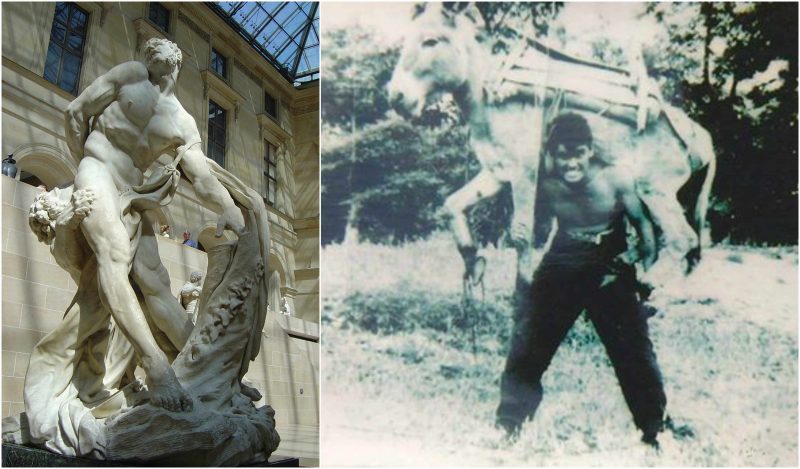Milo of Croton was a wrestler from the 6-th century BC. He lived in the Magna Graecian city of Croton where he enjoyed a great fame for his wrestling career.
A greatly honored wrestler, Milo won numerous victories in the most important athletic festivals of ancient Greece. His name is still proverbial for extraordinary strength. The ancient commentator Diodorus Siculus credited Croton as the man who led his fellow citizens into victory over Sybaris in 510 BC.
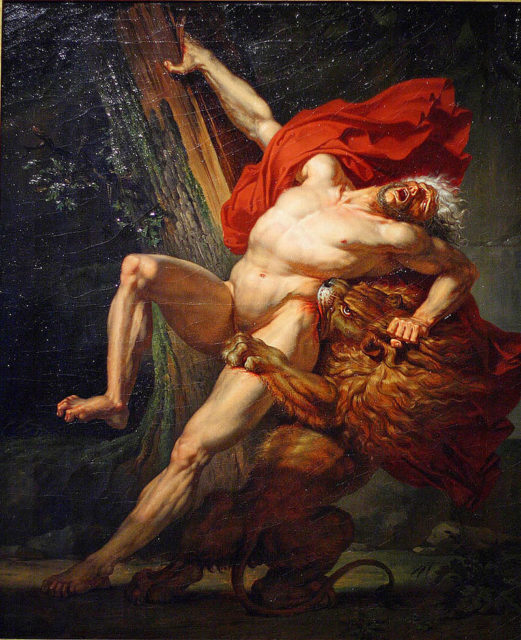
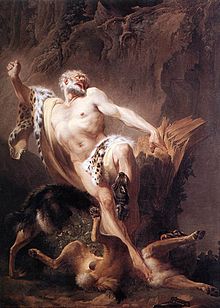
(18th century, oil on canvas)
He had a strange habit of exercising or unintentionally building his muscles. During his youth, he lifted up a newborn calf and carried it on his shoulders. He did the same the following day, and the day after until lifting weight became his daily routine. Each day the animal grew bigger and stronger and so did Milo’s shoulders. One day the animal was a four-year-old bull and Milo lifted it.
He became an Olympic winner six times in a row. In 540 BC he won the boys’ wrestling and between 536 and 520 BC he won the men’s wrestling titles. In meantime, Milo won seven crowns at the Pythian Games at Delphi (one as a boy), ten at the Isthmian Games, and nine at the Nemean Games. He was also a five-time “Periodonikēs”, a “grand slam” sort of title.
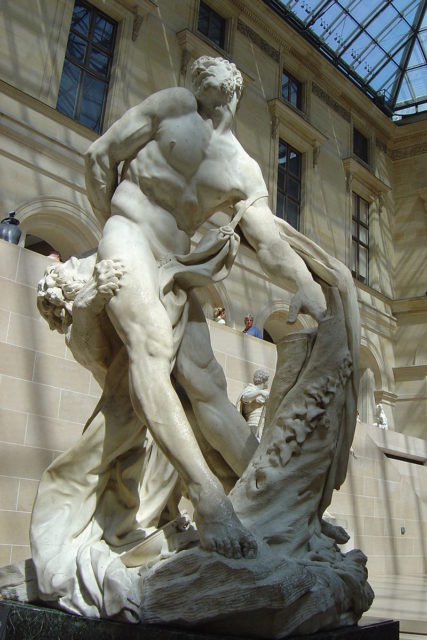
Croton had a reputation for producing excellent athletes. For example, at the Olympiad of 576 BC, the first seven finishers in the stade—a 200 yards (180 m) sprint—were all men of Croton. However, at the 516 BC Olympics, Milo was defeated for the first time by another Croton wrestler. And it seems that this young man was the last remarkable athlete from Croton.
Milo;s exercising technique of lifting animals on his shoulders was popularized and practiced by many other athletes of his time and long after his death. It became a symbol of strength and pomposity. As there were no exercising accessories, many athletes had to lift stones or animals. At least in the areas of Ancient Greece.
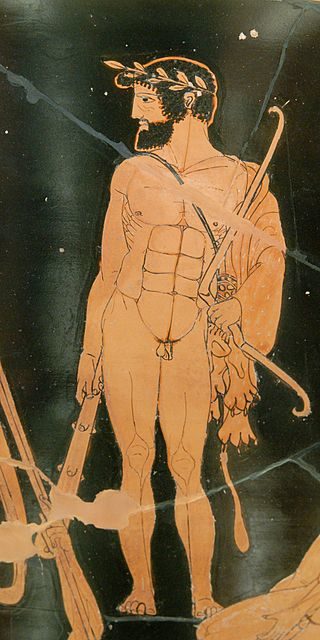
During a time of hostility between Croton and nearby Sybaris in 510 BC, Milo is said to have served Croton military and took the charge against Sybaris. Diodorus Siculus wrote that while he led his fellow people against the Sybarites, Milo wore his Olympic crowns and was draped with lion skin. The date of Milo’s death remains uncertain.
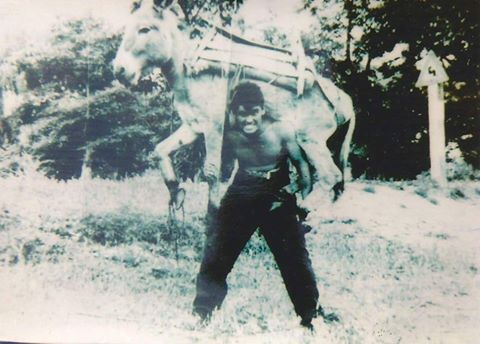
Milo’s technique was practically preserved in today’s Macedonia, where the wrestlers called pehlivans (meaning “heroes” or “champions”) practiced for upcoming wrestling events by lifting animals.
For example, once a year, in the village of Studenicani, Macedonia, there is a traditional wrestling of pehlivans.
